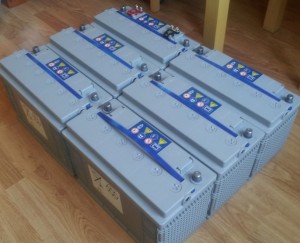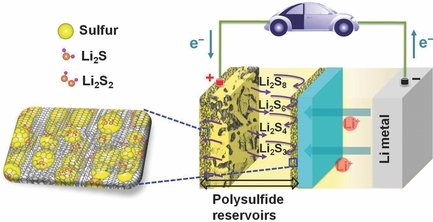Electric car kit approved ?. Yes, in Spain and Europe.
In recent years, electric cars have become more and more common, and the question,often is: which electric car to buy?.
With the new European directives, regulations to reduce CO2 emissions, the inflation of raw materials (copper, aluminum, lithium, etc.) and the problems in the supply chain, it becomes increasingly obvious that the way forward is to retrofit, that is to convert a car into electric.
The most obvious advantage is the price, and that is that converting a small city vehicle with a car conversion kit to electric can have the same or less price than buying an electric car without a license.
And without looking at the price, the fact of giving our planet earth less work and making real use of the circular economy is the most important reason.
By buying an electric car, we will have promoted the manufacture of a car from scratch, with the resulting waste of energy and resources, while converting it with a conversion kit, we will be recycling and reusing a car that would otherwise go to scrap.
Well, we are ready to offer our first “approved car kit in Spain” (and in Europe), in this case for the fabulous classic Mini. And more approved kits will follow the Mini: VW Beetle, Seat 600, Seat Ibiza, Renault Kangoo,…
The kit will be tested, approved and ready for distribution in 2023.
And what does this approved kit consist of?
The kit has a three-phase induction electric motor of 18Kw of sustained power and 35Kw of maximum power. Air-cooled and weighing about 50Kg, it will be capable of developing a maximum torque of 150Nm.
The brain of this kit will be a 108V controller with a sustained output current of about 250A, air-cooled, which makes it easier to maintain, and with a power capacity of up to 55Kw and an energy efficiency of 98%.
The batteries for the prototype will be a 10Kw lithium battery pack with its corresponding charger (the final battery pack is yet to be determined), more than enough for urban use for the Mini.
It also has a 12V dc-dc converter so that the auxiliary battery continues to power the car lights.
Also, the kit will have all the other extras such as signal wiring, high-voltage cable (so that the conversion is very simple without the need to add anything else) and a console with all the information on the Mini (led aesthetics or Mini aesthetics)
The entire drive assembly is installed on the Mini’s sub-frame, so mechanical installation is a simple step from replacing the old sub-frame with the new one from the kit. Something that the car workshops will appreciate because of how easy and fast this operation is.
How will the kit approval process be?
Well, as simple as there is nothing to do. The kit will be distributed with the approved conformity reports (including the batteries approved with the R100V2), which will suffice with the workshop certificate that assembles it to go to the Technical inspection service (MOT in the UK) and update the Mini’s technical sheet.
The Mini will be a similar vehicle, weighing exactly the same (about 650 kg), with its four seats and running on electricity, it will be possible to obtain the ZERO label without any difficulty. Of course, a silent, more fluid drive, with regenerative braking and ready to continue being driven for many more years.



















































